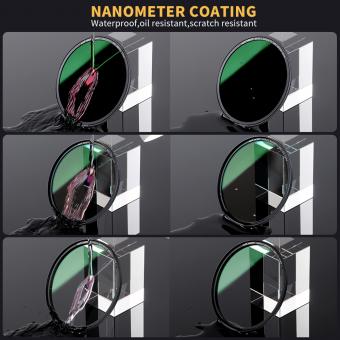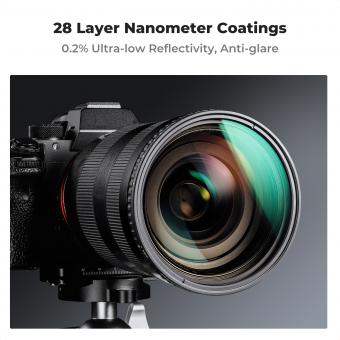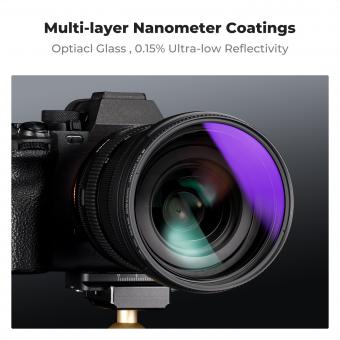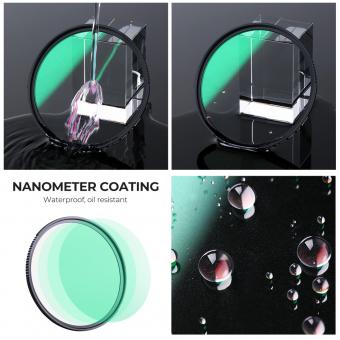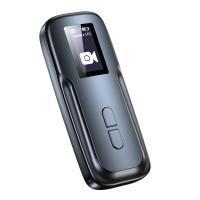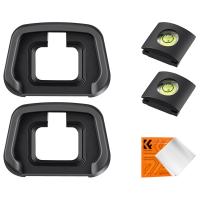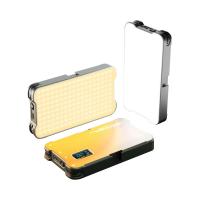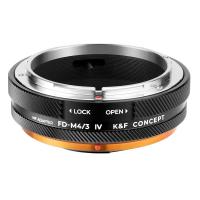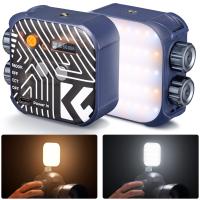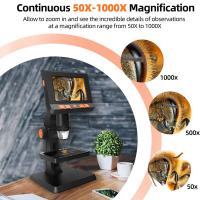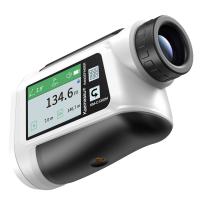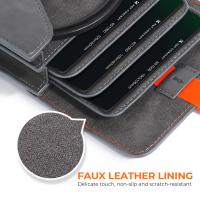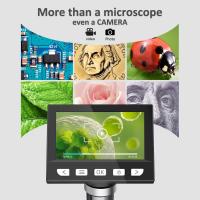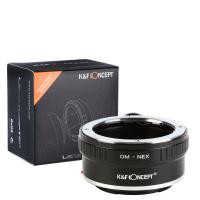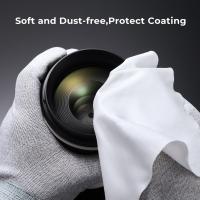What Is Fld Filter Used For ?
The FLD filter, also known as the Fluorescent Light Daylight filter, is used in photography to correct the color balance when shooting under fluorescent lighting. Fluorescent lights emit a greenish or bluish light, which can result in an unnatural color cast in photographs. The FLD filter is designed to counteract this color shift by adding a magenta tint to the image. It helps to restore more accurate and natural colors, especially when shooting in environments lit by fluorescent lights. The FLD filter is commonly used in portrait, fashion, and product photography, as well as in videography, to ensure accurate color reproduction in situations where fluorescent lighting is present.
1、 FLD Filter: Definition and Purpose in Photography
The FLD filter, also known as the fluorescent filter, is a type of optical filter used in photography. It is primarily designed to correct the color balance when shooting under fluorescent lighting conditions. Fluorescent lights emit a greenish or bluish cast, which can result in inaccurate color reproduction in photographs. The FLD filter helps to counteract this color shift by adding a magenta tint to the image.
The purpose of the FLD filter is to ensure accurate color reproduction in photographs taken under fluorescent lighting. By using this filter, photographers can achieve more natural and true-to-life colors in their images. It helps to eliminate the green or blue color cast caused by fluorescent lights, resulting in more accurate skin tones and overall color balance.
In addition to its primary purpose, the FLD filter can also be used creatively to achieve certain effects. For example, it can enhance the appearance of foliage by adding a slight magenta tint, making the greens appear more vibrant. It can also be used to create a cooler or warmer tone in the image, depending on the desired effect.
It is worth noting that with the advancements in digital photography and the ability to adjust white balance settings in post-processing, the use of FLD filters has become less common. However, they can still be useful in situations where precise color correction is required, especially when shooting in environments with strong fluorescent lighting.
In conclusion, the FLD filter is used in photography to correct the color balance when shooting under fluorescent lighting conditions. It helps to eliminate the green or blue color cast caused by fluorescent lights, resulting in more accurate and natural colors in photographs.
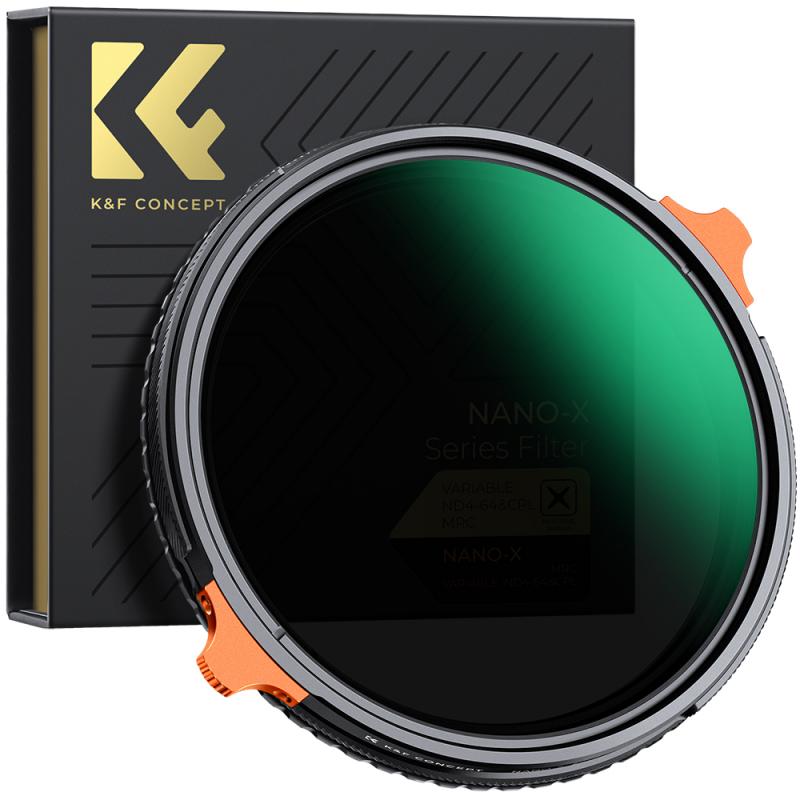
2、 How FLD Filters Reduce Green Color Cast in Images
FLD filters, also known as fluorescent light correction filters, are used to reduce the green color cast that can occur when shooting under fluorescent lighting conditions. Fluorescent lights emit a greenish hue that can affect the color accuracy of images, resulting in an unnatural color balance. FLD filters are specifically designed to counteract this green color cast and restore more accurate colors in photographs.
These filters work by selectively blocking the green light wavelengths emitted by fluorescent lights. By doing so, they help to neutralize the greenish tint and bring the color balance back to a more natural state. FLD filters are commonly used in situations where shooting under fluorescent lighting is unavoidable, such as in indoor environments like offices, schools, or retail spaces.
In addition to their primary function of reducing green color cast, FLD filters also offer other benefits. They can enhance overall color accuracy and improve the overall quality of images taken under fluorescent lighting. FLD filters can also help to reduce the need for post-processing adjustments to correct color imbalances, saving time and effort in the editing process.
It is worth noting that with advancements in digital photography and white balance settings, the need for FLD filters has somewhat diminished. Many modern cameras have built-in white balance presets specifically designed for fluorescent lighting, which can effectively correct the color cast without the need for physical filters. However, FLD filters can still be useful in situations where precise color accuracy is crucial or when shooting with older cameras that lack advanced white balance capabilities.
In conclusion, FLD filters are used to reduce the green color cast caused by fluorescent lighting, restoring more accurate colors in images. While their importance has diminished with technological advancements, they can still be valuable tools in certain shooting scenarios.
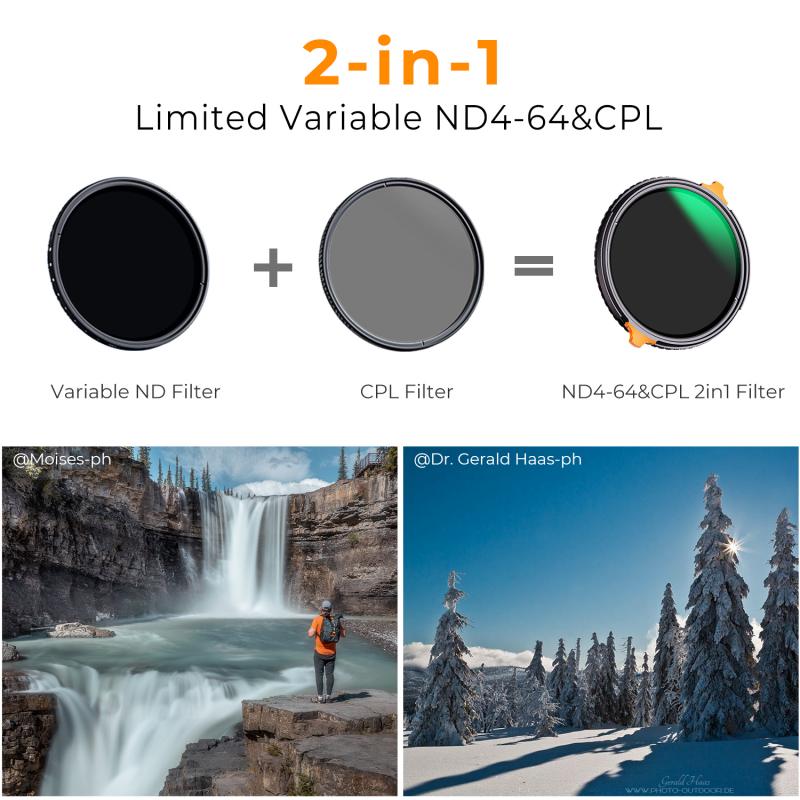
3、 Benefits of Using FLD Filters for Fluorescent Lighting Conditions
FLD filters, also known as fluorescent light correction filters, are used to correct the color balance when shooting under fluorescent lighting conditions. Fluorescent lights emit a greenish or bluish cast, which can result in inaccurate color reproduction in photographs or videos. FLD filters are specifically designed to counteract this color shift and restore more natural and accurate colors.
The primary benefit of using FLD filters is the ability to achieve more accurate color reproduction in images or videos captured under fluorescent lighting. By filtering out the green or blue cast, FLD filters help to restore the true colors of the subject being photographed or filmed. This is particularly important in situations where accurate color representation is crucial, such as in product photography, fashion shoots, or videography.
Another advantage of FLD filters is their versatility. They can be used with both digital and film cameras, making them suitable for a wide range of photography and videography applications. Additionally, FLD filters can be easily attached and removed from the camera lens, allowing for quick adjustments to the color balance as lighting conditions change.
In recent years, there has been a shift towards LED lighting, which has its own color temperature characteristics. While FLD filters were originally designed for fluorescent lighting, they can also be used to correct color imbalances caused by certain types of LED lights. However, it is important to note that not all LED lights have the same color temperature, so it is advisable to test the FLD filter with the specific LED lighting being used to ensure optimal color correction.
In conclusion, FLD filters are essential tools for photographers and videographers working in fluorescent lighting conditions. They provide the benefit of accurate color reproduction, allowing for more professional and visually appealing results. With the increasing use of LED lighting, FLD filters can also be utilized to correct color imbalances caused by certain types of LED lights.

4、 FLD Filters vs. UV Filters: Understanding the Difference
FLD filters, also known as fluorescent light correction filters, are used primarily in photography to correct the color balance when shooting under fluorescent lighting conditions. Fluorescent lights emit a greenish or bluish cast, which can result in inaccurate color reproduction in photographs. FLD filters are designed to counteract this color shift by adding a magenta tint to the image, thereby neutralizing the green or blue tones.
These filters are particularly useful when shooting in environments such as offices, schools, or indoor spaces with fluorescent lighting. By using an FLD filter, photographers can achieve more accurate and natural-looking colors in their images. This is especially important when capturing portraits or product photography, where accurate color representation is crucial.
It is worth noting that with advancements in digital photography and post-processing software, the need for FLD filters has diminished to some extent. Many photographers now prefer to correct the color balance in post-production rather than using physical filters. However, FLD filters can still be beneficial in certain situations, especially for photographers who prefer to get the colors right in-camera.
In conclusion, FLD filters are primarily used to correct the color balance when shooting under fluorescent lighting conditions. While their usage has decreased with the rise of digital photography and post-processing techniques, they can still be a valuable tool for photographers seeking accurate color reproduction in their images.






